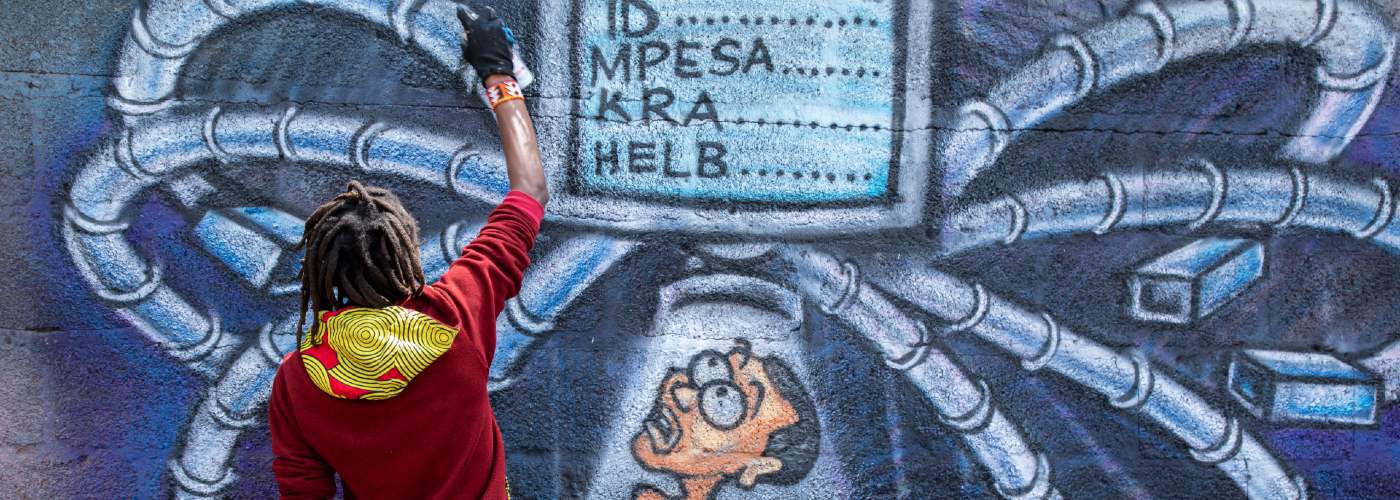The project uses the inherent paradox between the Lebanese situation during the war and the way cultural life dealt with this and offered relief. While taboos around the war have continued to haunt people and sow division, this does not hold true for music. Music had the power to unify people, as demonstrated in the cult of funk and dance that developed during the war period. And music has lost nothing of this power; in fact Lebanon is seeing a renewed surge of interest in this history. Its widespread appeal can be used as a tool to help both older and post-war generations to come to terms with what the country went through, and to see a lighter side to it. Not to the war misery itself, but to the stamina of the people who tried to build a life in a creative way. The collective plans to gather research material on the Lebanese history of funk and dance and to digitise the findings on a website created specifically for this project. The group hopes to present this research through educational programmes at universities, schools and cultural centres. Through a collaboration with the East Wing gallery, they will organise an exhibition that will travel to Beirut.
The History of Funk and Dance project will bring together an interdisciplinary range of creatives who provide a journey through Lebanon’s recent burdened past. The project will be led by Ribal Rayess (historian and DJ), Ernesto Chahoud (music researcher and DJ), Roger Azr (theatre, film and music historian), Randa Mirza (visual artist and VJ), Tarek Chemaly (graphic designer and researcher on the history of Lebanon’s pop culture), Elie Domit (founder of the East Wing photographic art gallery in Dubai and Lebanon), and Neil van der Linden (expert on Middle Eastern music).

